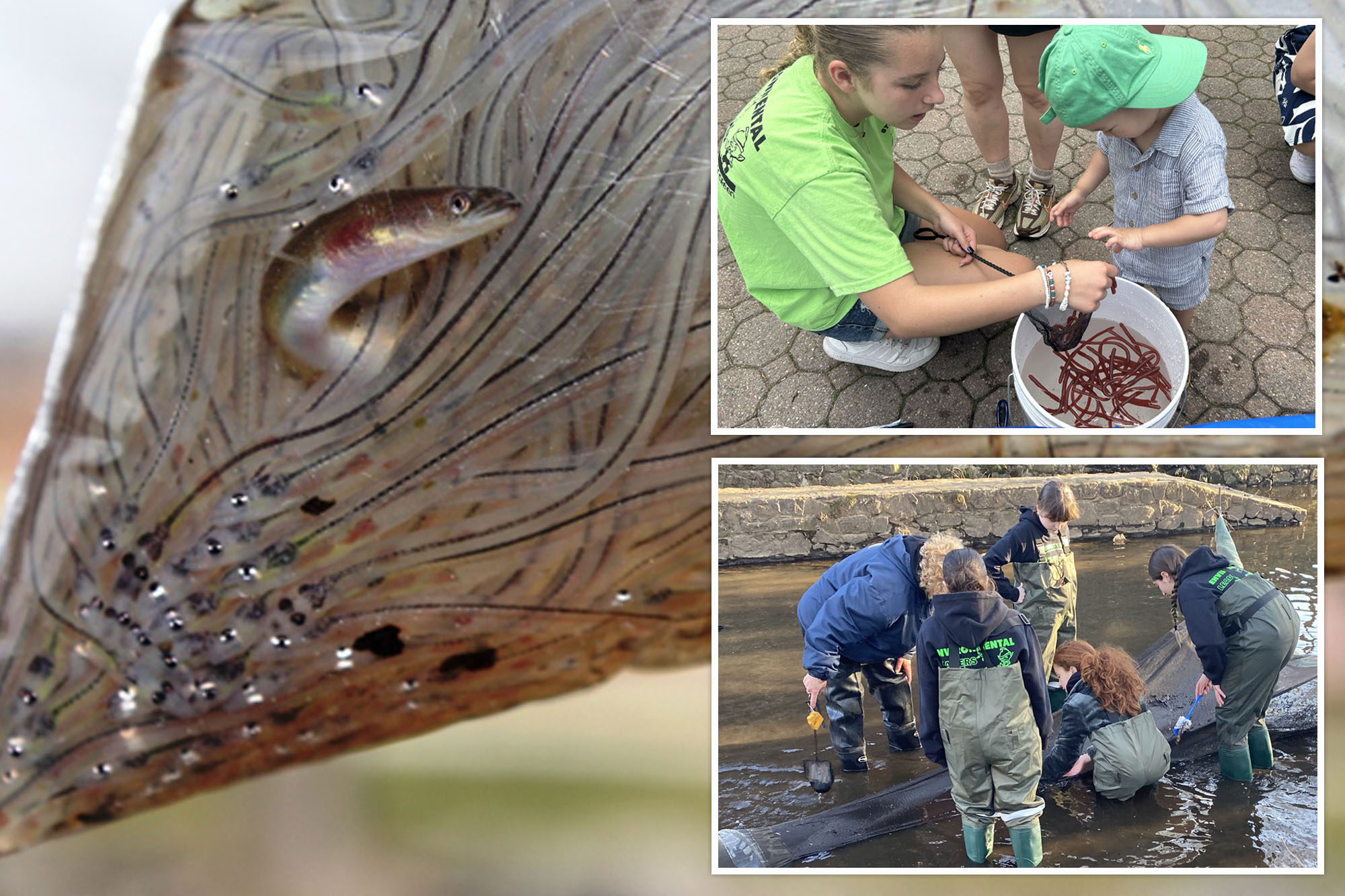Eighth-grade students from Staten Island spent their spare time last spring tallying — thousands of eels!
Hundreds of environmentally conscious middle school students entered Richmond Creek, equipped with nets, to capture and tally large numbers of tiny, almost imperceptible “glass eels” that are migrating from the ocean into estuaries along the Hudson River.
The children documented approximately 11,000 American eels — mostly in their young phase and known as “glass eels” due to their nearly transparent appearance — during the state’s yearly eel census.
Some emerging naturalists gave names to their slimy catches, inspired by their heroes like LeBron James and Michael Jordan, before setting them free in the water.
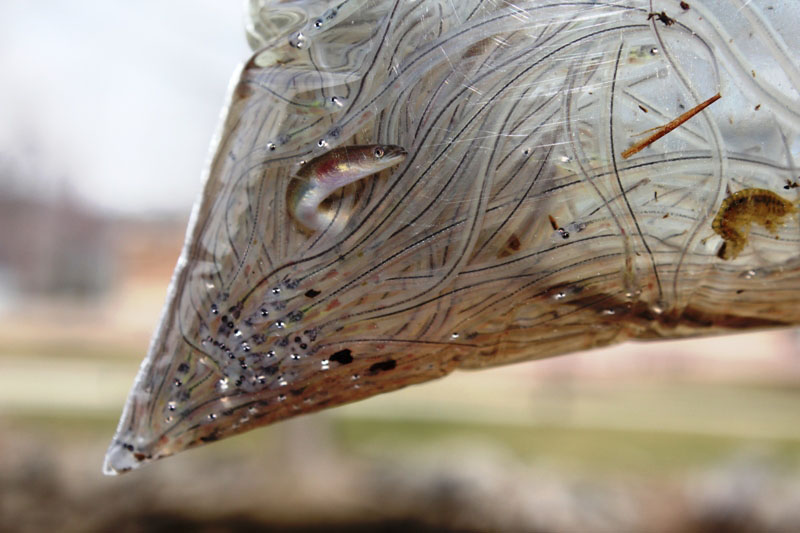
“It was a lot of fun being able to do it,” remarked one of the young counters, Mark Geissler, 13.
Keep yourself informed with the newest updates by signing up for the Morning Report Newsletter
“I was really enthusiastic about the opportunity to gain more knowledge about the eels and to count them, ensuring that our environment and the eels remained healthy during their journey,” he said.
The teenager calculated that he and his friends caught and set free up to 400 eels during three visits to the stream in April — some of which they gave names like James, Jordan, and other notable figures.
Young environmentalists employed unique nets that allowed them to spot the small, nearly imperceptible fish while they moved through the Staten Island waterway — a location that is among the twelve Hudson River estuaries monitored by the state Department of Environmental Conservation as part of its eel population assessment.
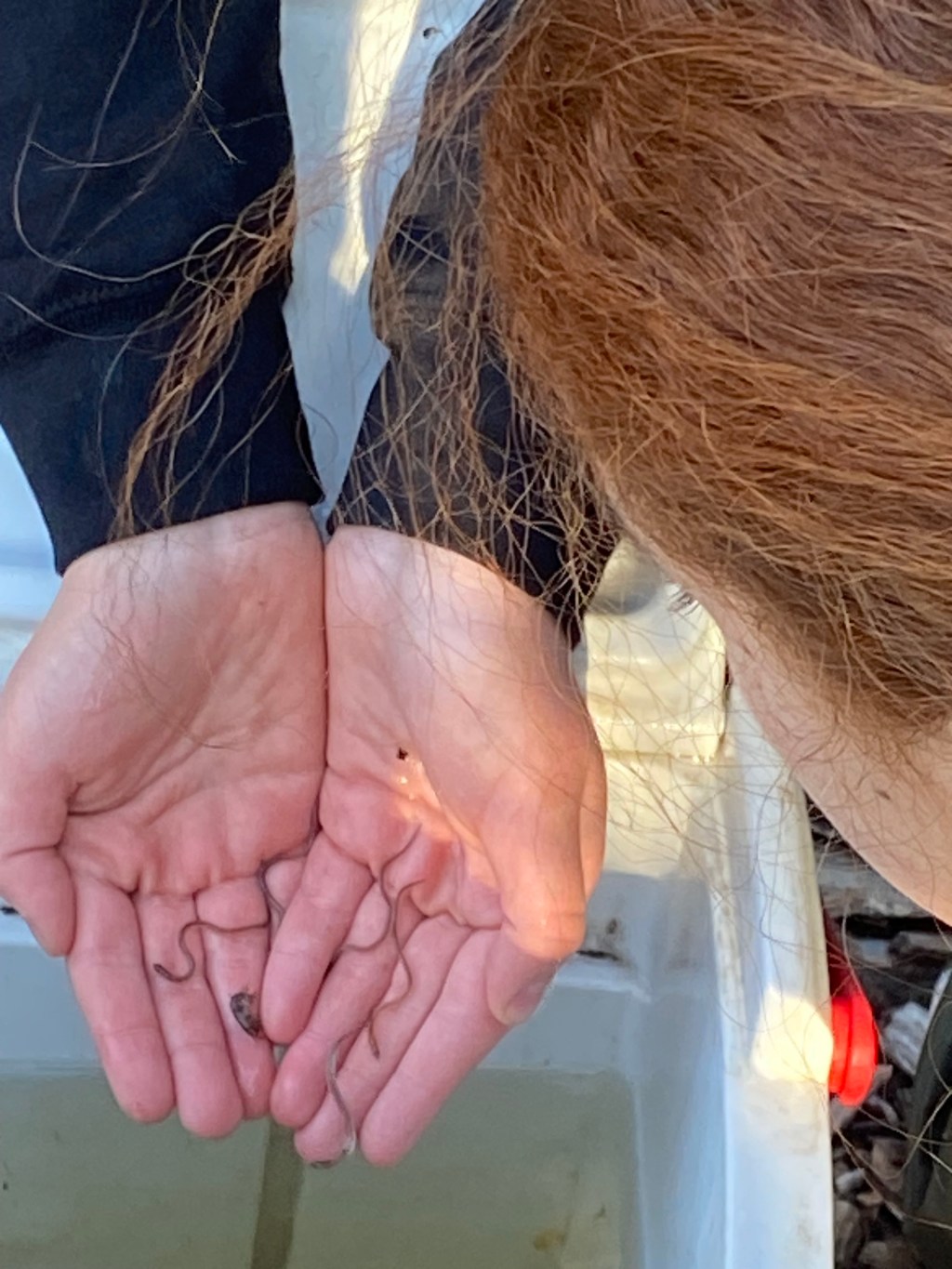
The count’s “strong” eel population is a positive indication that the numbers are remaining stable, as per scientists and initial data provided to The Post.
The initiative, which is entering its 18th year, recorded approximately 140,000 glass eels, matching the typical amount gathered since the project began.
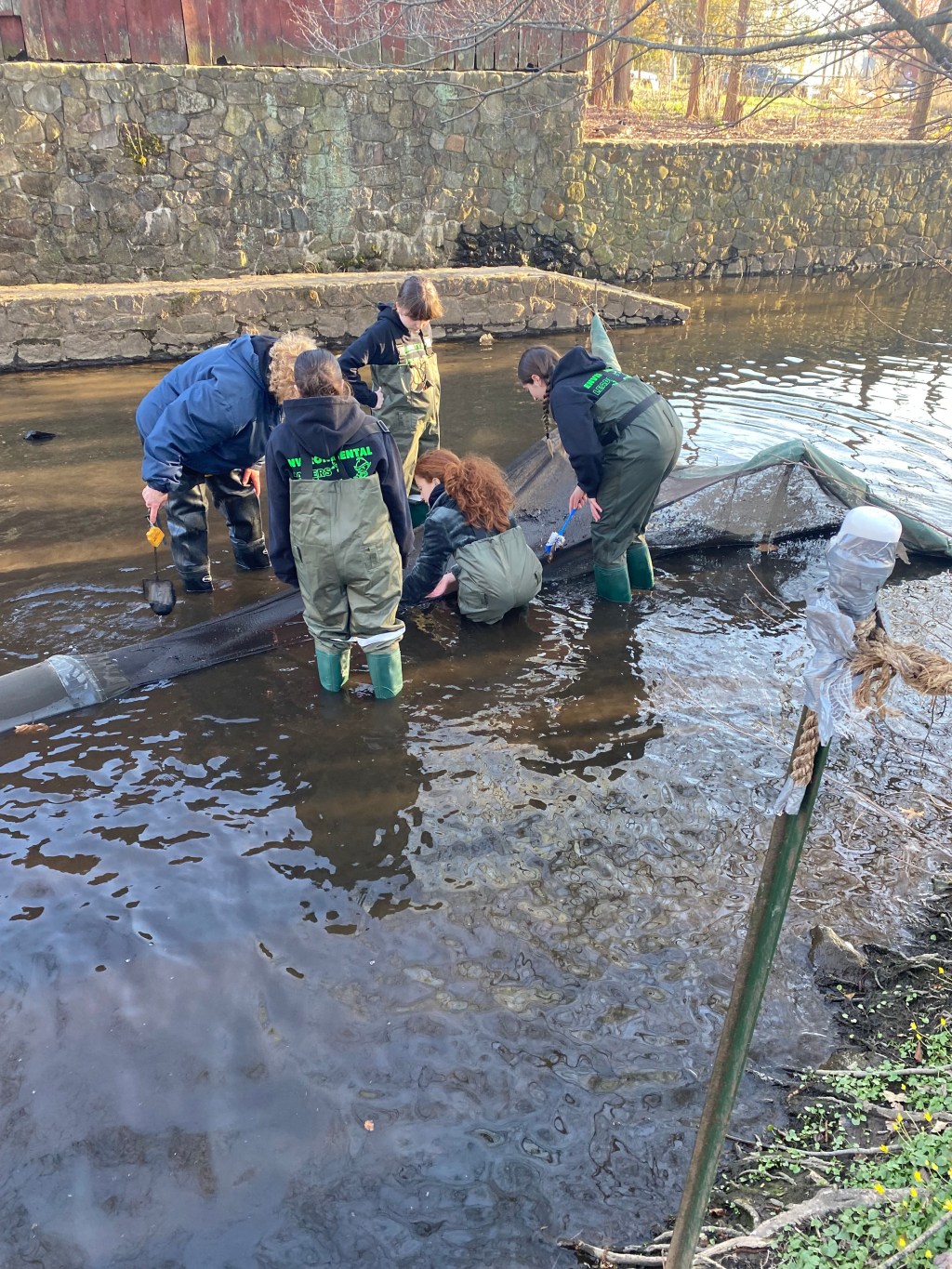
We’re attempting to conduct a count of young American eels as they move from the ocean to the estuary and into the watershed,” said project leader Chris Bowser. “We’re trying to gain a general understanding of thethe timing of eel movement and the intensity of their migration.How many eels exist from year to year?
“Eels have faced a challenging hundred years,” Bowser remarked — as their numbers have been impacted by overfishing and the construction of dams, which have hindered their movement.
American eels are not endangered, but they areconsidered “depleted”by the Marine Fisheries Commission of the Atlantic States.
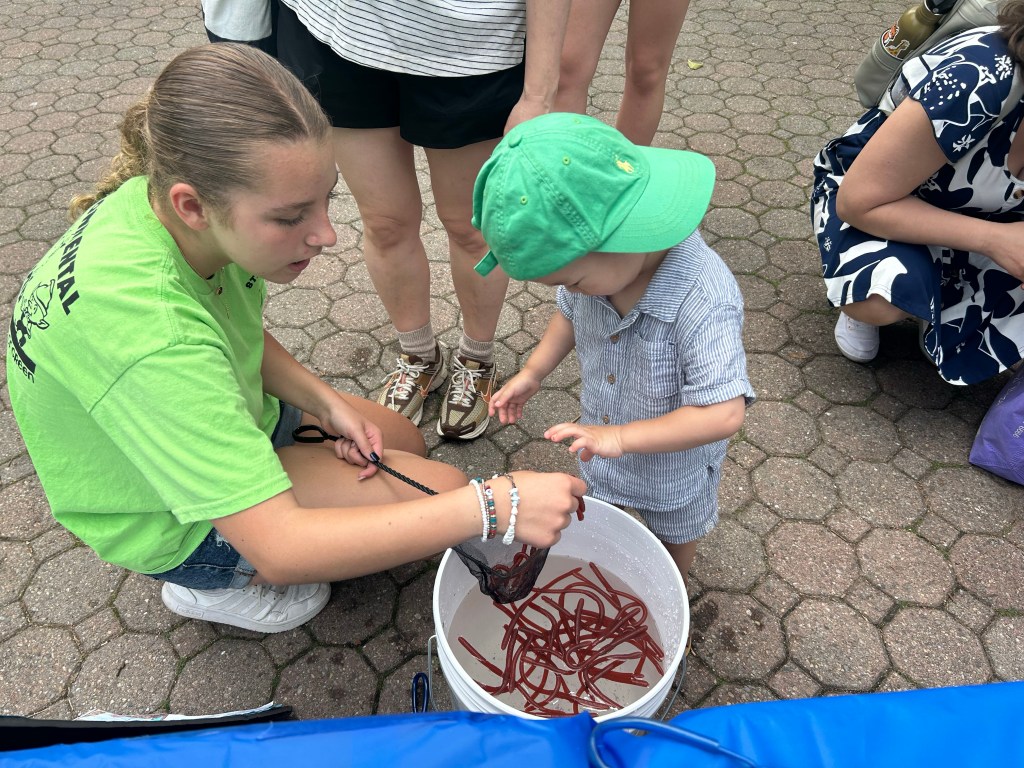
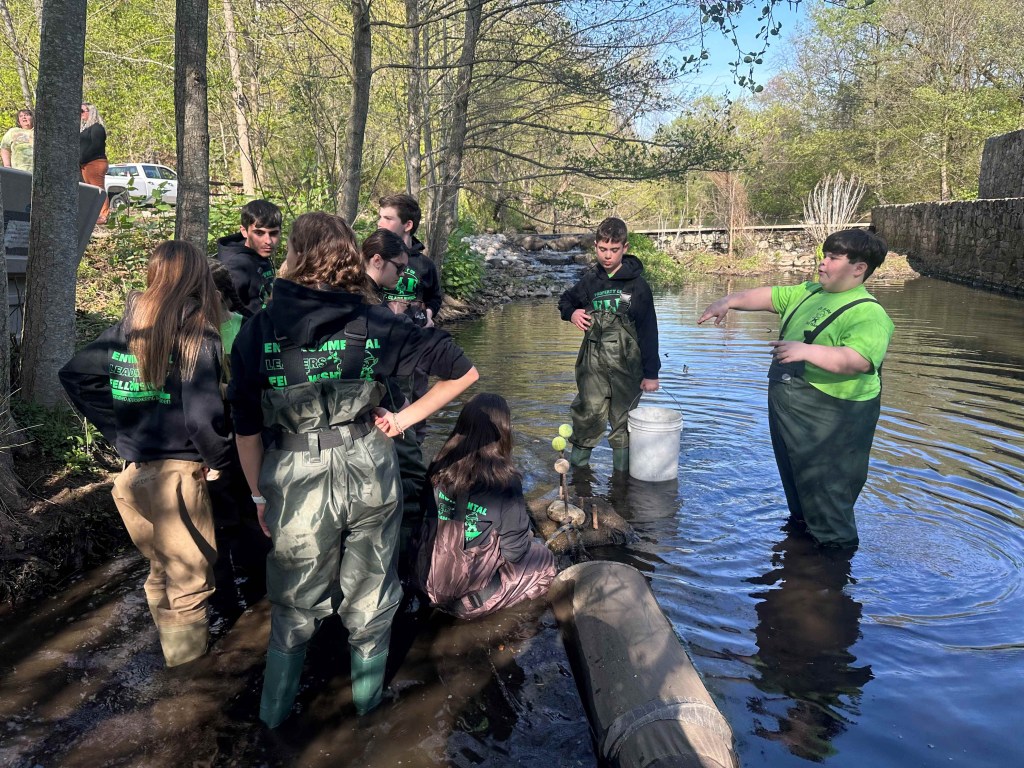
The local count depends on the strength and willingness of volunteers — a fundamental aspect of the eel count’s educational goal.
One of the remarkable aspects of eels is that they are quite easy to observe. Individuals can visit a river, a local stream, or even an urban river, and they are likely to encounter these young eels,” Bowser mentioned. “This provides a gateway to science, as well as a way to become more familiar with your nearby water source.
It’s popular among students. Similar to the eels, the young volunteers come back each year to assist in assessing the fish population.
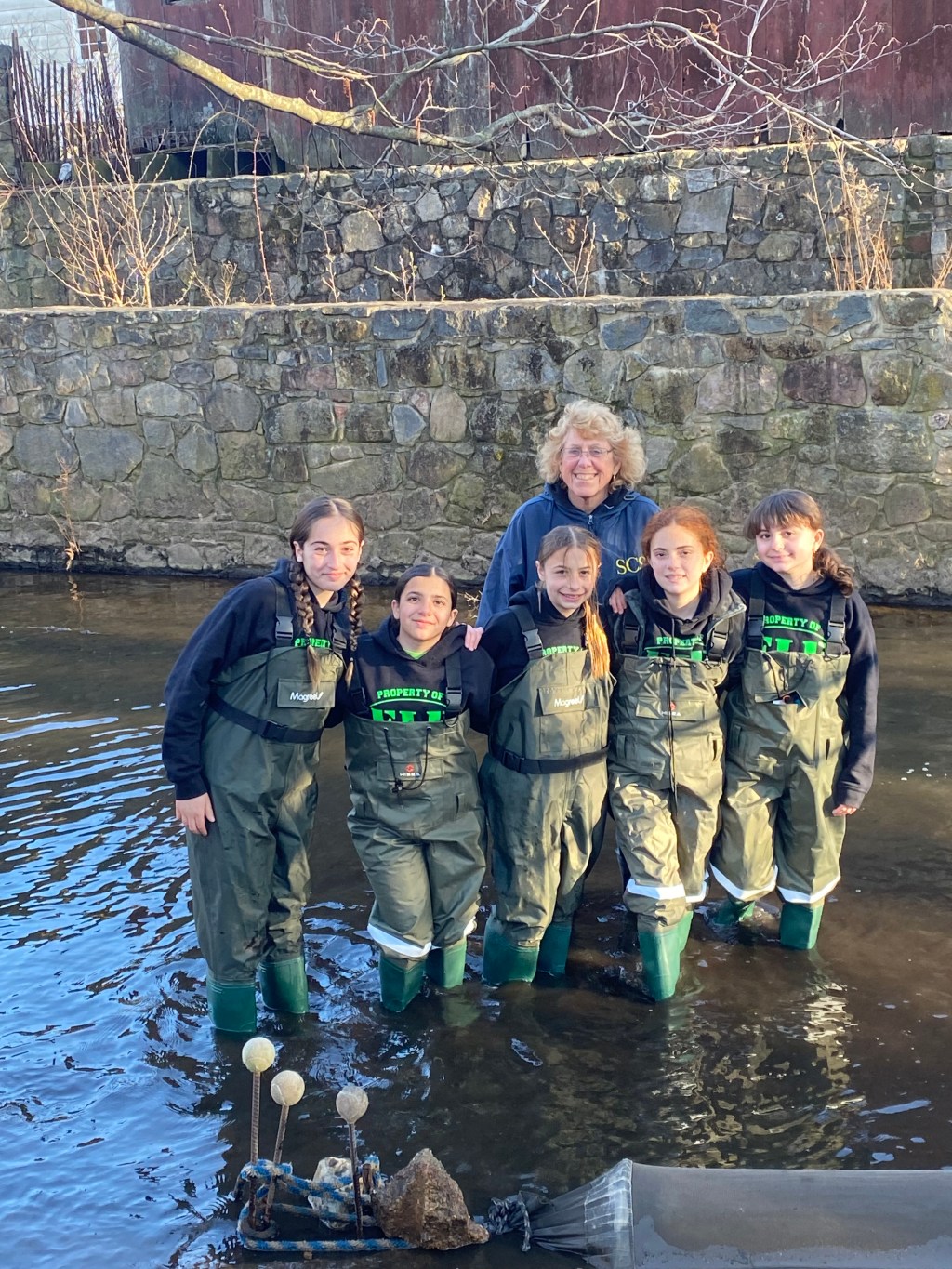
“The children enjoy this count. They bought their own waders so they can participate as often as they like,” said Mary Lee, a science teacher at St. Clare School and leader of the Environmental Leaders Fellowship team.
Lee has been taking her students to the eel count since the Richmond Creek monitoring site was created in 2012 — and she mentions that the program is so well-liked that students come back to help as volunteers even after they have finished school.
“What’s truly enjoyable is that these children develop a strong grasp of nature through this,” Lee said.
“Essentially, they genuinely grasp that tides can raise water levels and transport these small eels upstream,” she mentioned, noting that tallying the highest number of eels turns into a challenge among the students.
It’s as if it’s status. It’s a significant thing.. It’s simply so enjoyable and thrilling, and everyone wants to be involved.

